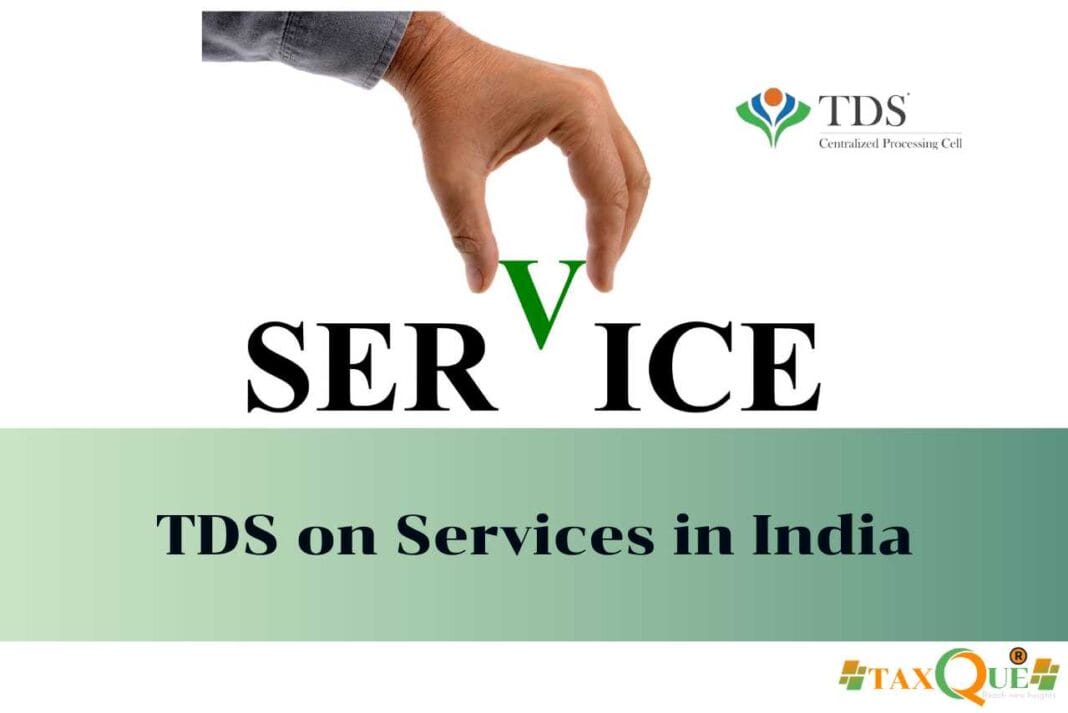Introduction
Understanding TDS on Salary in India is essential for every working professional to make sense of those deductions on your payslip. Tax Deducted at Source (TDS) on salary means your employer withholds a portion of your income as advance tax and deposits it with the government, helping you avoid a big tax bill at year-end. Governed by Section 192 of the Income Tax Act, TDS on Salary in India ensures compliance and simplifies filing your Income Tax Return (ITR). For FY 2025-26, with updates from Budget 2025 like revised slabs in the new regime, it’s all about accurate income estimation and choosing the right tax option. This guide breaks down how it works, rates, examples, and ways to optimize, in simple terms.
How Does TDS on Salary Work?
TDS on Salary in India kicks in when your employer estimates your yearly taxable income and deducts tax monthly before paying you. This includes your base pay, bonuses, allowances, and perks, minus exemptions like House Rent Allowance (HRA) and deductions for investments. The amount goes to the government, and you claim credit for it in your ITR.
Key aspects include:
- It applies if your income crosses the exemption limit: Rs. 3 lakh in the new regime or Rs. 2.5 lakh in the old.
- Based on progressive slabs, not a fixed rate.
- Use Form 12BB to declare investments for mid-year adjustments.
- Employers provide Form 16 at year-end for ITR filing.
For instance, with a Rs. 50,000 monthly salary (Rs. 6 lakh annually after deductions), expect about Rs. 1,300 monthly TDS in the new regime, varying with your claims.
TDS Rates for FY 2025-26
TDS on Salary in India follows income tax slabs, with the new regime as default. Add 4% cess, and surcharges for incomes over Rs. 50 lakh. Budget 2025 updated the new regime for more relief.
New Regime Table:
| Income Slab (Rs.) | Tax Rate |
|---|---|
| Up to 4,00,000 | Nil |
| 4,00,001 – 8,00,000 | 5% |
| 8,00,001 – 12,00,000 | 10% |
| 12,00,001 – 16,00,000 | 15% |
| 16,00,001 – 20,00,000 | 20% |
| 20,00,001 – 24,00,000 | 25% |
| Above 24,00,000 | 30% |
*Includes Rs. 75,000 standard deduction; Section 87A rebate up to Rs. 25,000 for under Rs. 7 lakh.
Old Regime Table:
| Income Slab (Rs.) | Tax Rate |
|---|---|
| Up to 2,50,000 | Nil |
| 2,50,001 – 5,00,000 | 5% |
| 5,00,001 – 10,00,000 | 20% |
| Above 10,00,000 | 30% |
*Rs. 50,000 standard deduction; extras like Rs. 1.5 lakh under 80C.
These changes could save someone with Rs. 15 lakh income up to Rs. 17,500 yearly.
Calculation Examples
Let’s see TDS on Salary in India with an example. For Rs. 8 lakh annual taxable income in the new regime:
- Nil on Rs. 4 lakh.
- 5% on next Rs. 4 lakh = Rs. 20,000.
- 4% cess = Rs. 800.
- Total: Rs. 20,800.
- Monthly: About Rs. 1,733.
In the old regime with Rs. 1.5 lakh deductions, taxable drops to Rs. 6.5 lakh: 5% on Rs. 2.5 lakh (after exemption) + 20% on Rs. 1.5 lakh = Rs. 42,500 plus cess, adjusted monthly.
Declaring more investments lowers TDS.
Handling Over-Deduction and Refunds
If TDS on Salary in India exceeds your actual liability, file ITR by July 31, 2026 (for AY 2026-27) to claim refunds. Verify credits in Form 26AS. To avoid over-deduction, submit proofs early or Form 15G/15H if income is non-taxable.
For multiple jobs, inform employers of prior TDS to adjust.
Tips for Optimization in 2025
Choose regimes wisely: New for simplicity, old for deductions. Use tax calculators or TaxQue for simulations. Submit Form 12BB promptly. If variable income, track via Form 26AS. Consult advisors for complex cases like perks or bonuses.
Frequently Asked Questions (FAQs)
- What is TDS on Salary in India and who deducts it?
TDS on Salary in India is advance tax withheld by your employer from your paycheck based on estimated annual income. It’s deposited with the government, and you get credit in ITR. - How do tax regimes affect TDS on Salary in India?
The new regime (default) has wider nil slabs but fewer deductions; old allows more claims like 80C. Opt via employer; Budget 2025 widened new slabs for relief. - Can I reduce TDS on Salary in India?
Yes, declare investments via Form 12BB for adjustments. If income is below limits, submit Form 15G/15H to avoid deduction. - What if TDS on Salary in India is over-deducted?
Claim refund in ITR; check Form 26AS for credits. File by July 31 to get back excess, especially if you have other deductions. - How does TaxQue help with TDS on Salary in India?
TaxQue offers tools for slab calculations, regime comparisons, ITR simulations, and reminders, making it easy to optimize and comply without errors.
Conclusion
Navigating TDS on Salary in India becomes simple when you understand the slabs, calculations, and options for FY 2025-26. With Budget updates favoring the new regime, it’s a good time to review your choice and declarations to maximize take-home pay. Remember, TDS is just prepaid tax—file ITR to settle any differences. Platforms like TaxQue can automate estimates and filings, giving you peace of mind. Stay informed, declare accurately, and if needed, seek professional advice for personalized strategies.





